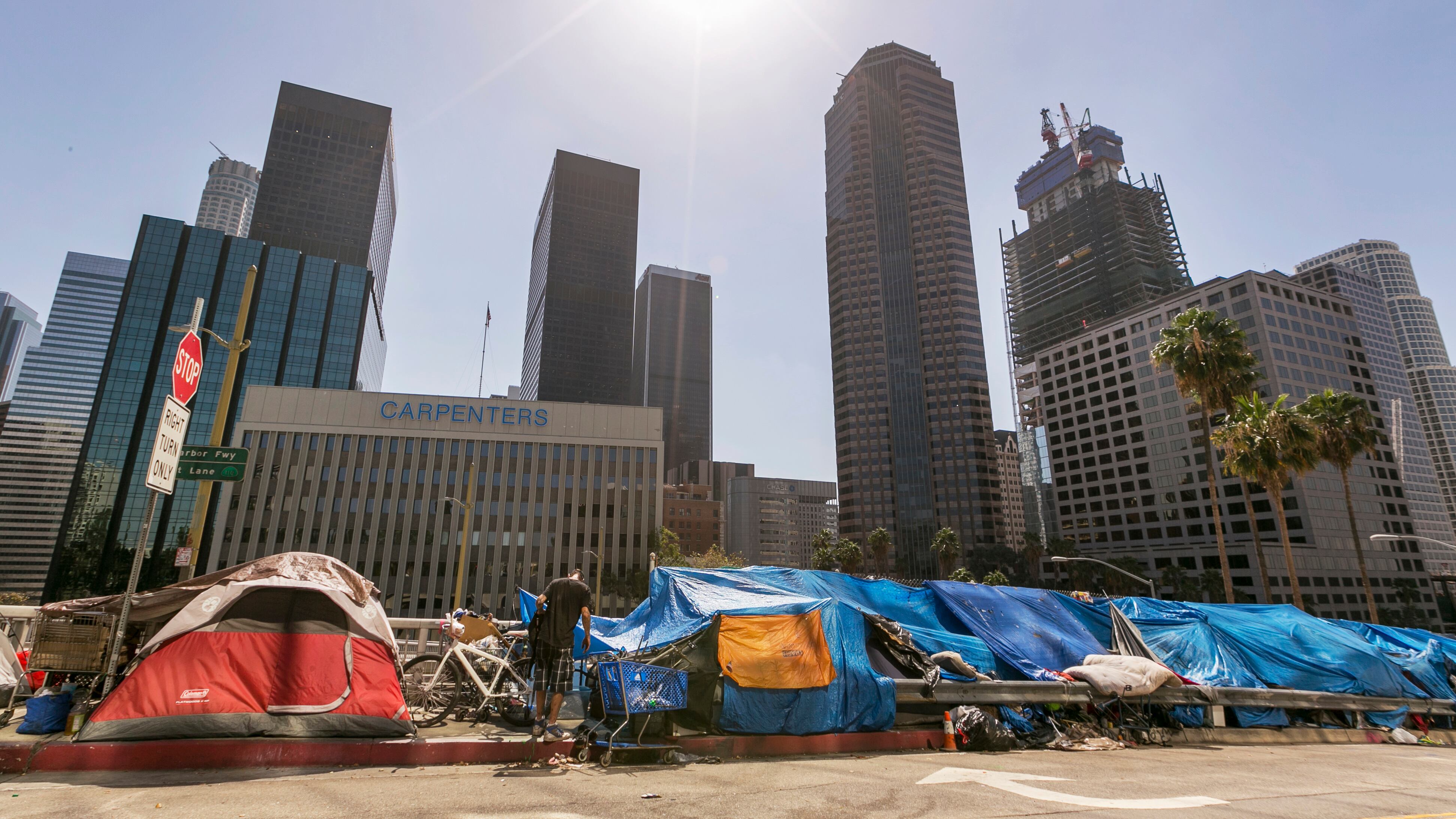New data dashboards tracking various programs addressing homelessness across L.A. County was released by the Los Angeles Homeless Service Authority (LAHSA) on Wednesday.
The release of the dashboards was part of LAHSA’s efforts to increase transparency by providing the public with comprehensive and digestible data on homelessness. The data tracks street outreach, interim housing and time-limited subsidy programs which can be accessed on LAHSA’s official website.
The data estimates that as of January 2024, L.A.’s unhoused population totals around 6,652 with 647 of these individuals residing around the USC district.
For long-time California resident Maria Bautista, a freshman majoring in film and television production, the statistics do not come as much of a surprise.
“I’ve lived in California for the past eight years, so it’s not surprising,” Bautista said. “I’m used to seeing homeless people around my area. I see people in the streets or especially at night trying to sleep on the streets.”
A key aspect of the data dashboards was tracking participation in LAHSA’s interim housing programs. The LAHSA funds over 16,000 shelter beds across Los Angeles City & County primarily through interim housing programs. The data dashboards show that 15,279 individuals were recorded participating in the program since 2020.
Some USC students seemed to share sentiments that the interim programs were not enough in supporting the city’s unhoused population.
Upon hearing about the interim housing programs, Melina Osmondson, a graduate student studying social work, says that LAHSA should prioritize other efforts.
“I think that’s a great initiative, but I think affordable housing needs to be more prioritized and that’s gonna be the biggest thing to actually help long term,” Osmodson said.
Isaiah Sangkay, a freshman majoring in psychology, says interim housing is only a small step in providing support.
“Interim housing definitely won’t be enough, but at least it’s kind of a cushioning for individuals that are experiencing a lot of trouble with their financial situation,” said Sangkay.
For some USC students, the primary concern regarding the unhoused population surrounding the area was safety.
“I feel like anytime I’m with friends, and I’m not alone and during the daytime, I feel safe. But at night, it’s when we know not to go out because of the homeless people, and we know that the area surrounding the campus is not secure”, Bautista said.
Osmondson says that empathy is critical in approaching the unhoused population.
“They’re just people. They’re just in a situation that a lot of us can also end up being in based on socioeconomic status,” Osmondson said. “I think kind of removing that stigma or trying to unlearn that, I think will also contribute.”
